Cherries, with their vibrant hues, juicy texture, and sweet-tart flavor, are a beloved seasonal treat. However, their short shelf life often leaves consumers and vendors grappling with waste. Proper preservation techniques can extend the lifespan of these delicate fruits, ensuring you savor their taste and nutritional benefits for weeks or even months. This comprehensive guide explores the science behind cherry preservation, step-by-step methods, and practical tips to maintain their quality.
Understanding Cherry Vulnerability
Cherries belong to the Prunus genus, a family of stone fruits with thin, porous skins and high water content (approximately 80%). These traits make them highly perishable. Enzymatic browning, microbial growth, and moisture loss are the primary culprits behind their rapid deterioration. Additionally, their stems act as natural seals; once damaged or removed, the fruit becomes susceptible to spoilage.
Pre-Preservation Preparations
Before diving into storage methods, meticulous preparation is critical.
-
Selection Criteria
- Color: Opt for deeply hued cherries (e.g., dark red for Bing varieties, golden-yellow for Rainier). Avoid fruits with blemishes or uneven coloring.
- Stem Integrity: Firm, green stems indicate freshness. Avoid cherries with browned or detached stems.
- Firmness: Gently squeeze the fruit; it should yield slightly but not feel mushy.
-
Handling

- Avoid Bruising: Cherries are easily damaged by rough handling. Use shallow containers to prevent stacking pressure.
- Temperature Control: Transport cherries in coolers or insulated bags if purchasing from farmers’ markets during hot seasons.
-
Cleaning Protocol
- Postpone Washing: Moisture accelerates decay. Rinse cherries only before consumption, not before storage.
- Sanitization: If washing is unavoidable (e.g., removing field debris), use a vinegar-water solution (1 part vinegar, 3 parts water) to kill bacteria, then pat dry thoroughly.
Refrigeration: The Short-Term Solution
Refrigeration is ideal for maintaining freshness for 7–14 days.
-
Optimal Conditions
- Temperature: Set the fridge to 0–4°C (32–39°F). Colder temperatures risk freezing damage; warmer settings promote microbial activity.
- Humidity: Maintain high humidity (90–95%) using crisper drawers with adjustable vents. If unavailable, line a container with damp paper towels.
-
Packaging
- Breathable Containers: Use perforated plastic bags or clamshell containers to allow ethylene gas (a ripening agent) to escape.
- Layering: Arrange cherries in a single layer to prevent crushing. Place a paper towel between layers to absorb excess moisture.
-
Location
Store away from ethylene-producing fruits (e.g., apples, bananas) to avoid accelerated ripening.
Freezing: The Long-Term Strategy
Freezing can preserve cherries for 8–12 months.
-
Pre-Freezing Steps
- Pitting: Remove pits to prevent bitterness and texture changes. Use a cherry pitter or a paper clip to extract stones.
- Blanching (Optional): Submerge cherries in boiling water for 15–30 seconds to inactivate enzymes, then shock in ice water. This step retains color but may soften texture.
- Sweetening: Toss cherries in sugar syrup (1:1 ratio of sugar to water) or honey to prevent freezer burn and enhance flavor.
-
Freezing Methods
- Dry Pack: Spread pitted cherries on a baking sheet lined with parchment paper. Freeze until solid (2–4 hours), then transfer to airtight freezer bags.
- Syrup Pack: Submerge cherries in syrup (30% sugar concentration) in rigid containers, leaving ½-inch headspace for expansion.
- Juice Pack: Cover cherries with fruit juice (e.g., apple or grape) to prevent oxidation.
-
Thawing Techniques
- Refrigerator: Thaw slowly overnight for use in recipes.
- Cold Water Bath: Submerge sealed bags in cold water for rapid thawing (30–60 minutes).
- Direct Cooking: Add frozen cherries directly to smoothies, sauces, or baked goods.
Dehydration: A Shelf-Stable Alternative
Dehydrated cherries last 6–12 months when stored properly.
-
Pre-Drying Preparation
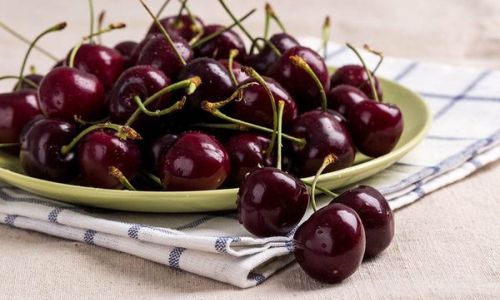
- Blanching: Steep cherries in boiling water for 1 minute to soften skins.
- Slicing: Halve or quarter cherries to reduce drying time.
-
Drying Methods
- Oven Drying: Spread cherries on baking sheets. Bake at 60–70°C (140–160°F) for 6–8 hours, rotating trays hourly.
- Food Dehydrator: Use at 55–65°C (130–150°F) for 8–10 hours.
- Sun Drying: Ideal in arid climates. Place cherries on screens covered with cheesecloth. Protect from insects and dew.
-
Storage
Store dehydrated cherries in vacuum-sealed bags or mason jars with oxygen absorbers. Keep in a cool, dark place.
Canning and Preserving: For Culinary Enthusiasts
Canned cherries retain flavor for 1–2 years.
-
Hot Pack Method
- Simmer pitted cherries in light syrup (10% sugar) for 5 minutes.
- Ladle into sterilized jars, leaving ½-inch headspace.
- Process in a water bath canner for 25 minutes (pints) or 30 minutes (quarts).
-
Alcohol Infusion
Submerge cherries in brandy, vodka, or kirsch. Store in a cool, dark place for 3–6 months.
Identifying Spoilage
Even with proper preservation, cherries can deteriorate. Watch for:
- Mold: Fuzzy growth in green, white, or blue hues.
- Off-Odor: A fermented or sour smell indicates bacterial activity.
- Texture Changes: Shriveled, leathery, or excessively soft fruit.
- Leakage: Liquid accumulation in containers signals microbial breakdown.
Scientific Principles Behind Preservation
- Enzyme Inhibition: Low temperatures and blanching deactivate polyphenol oxidase, the enzyme responsible for browning.
- Osmotic Pressure: Sugar syrups create a hypertonic environment, inhibiting microbial growth.
- Cryoprotection: Antifreeze proteins in some cherry varieties (e.g., sweet cherries) prevent ice crystal formation during freezing.
Eco-Friendly Preservation Hacks
- Reusable Silicone Bags: Replace plastic freezer bags with eco-conscious alternatives.
- Solar Dehydrators: Build a DIY solar dryer using recycled materials for sustainable dehydration.
- Composting Scraps: Convert inedible stems and spoiled fruit into nutrient-rich compost.
Conclusion
Preserving cherries requires a blend of science and practicality. Whether you opt for refrigeration, freezing, dehydration, or canning, adhering to precise temperature controls, hygiene standards, and packaging techniques is paramount. By mastering these methods, you can enjoy the taste of summer cherries year-round while minimizing food waste. Experiment with different approaches to find the perfect balance between convenience and flavor retention—your future self (and your taste buds) will thank you.
Final Tip: Label all preserved cherries with dates and methods to track freshness. After all, the best preservation strategy is one you’ll actually use!

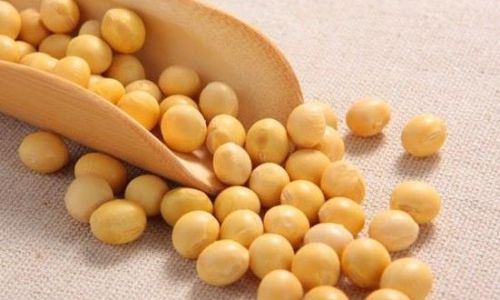
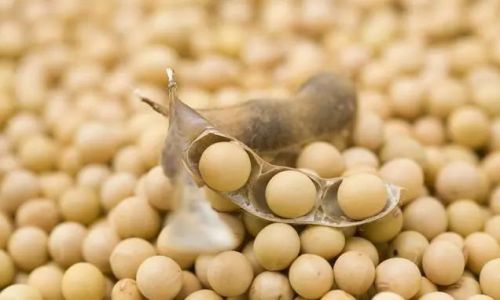
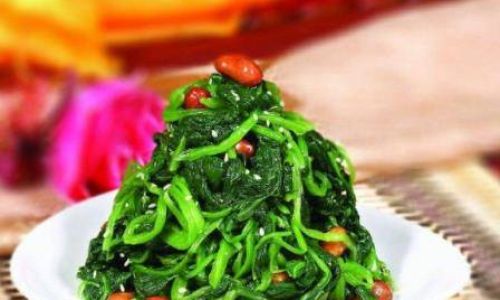
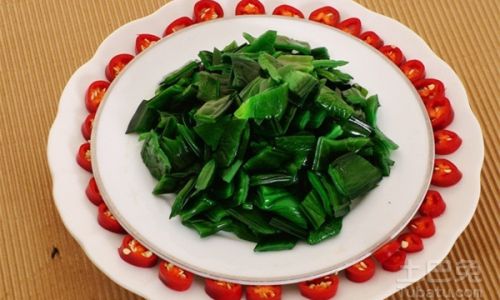

0 comments